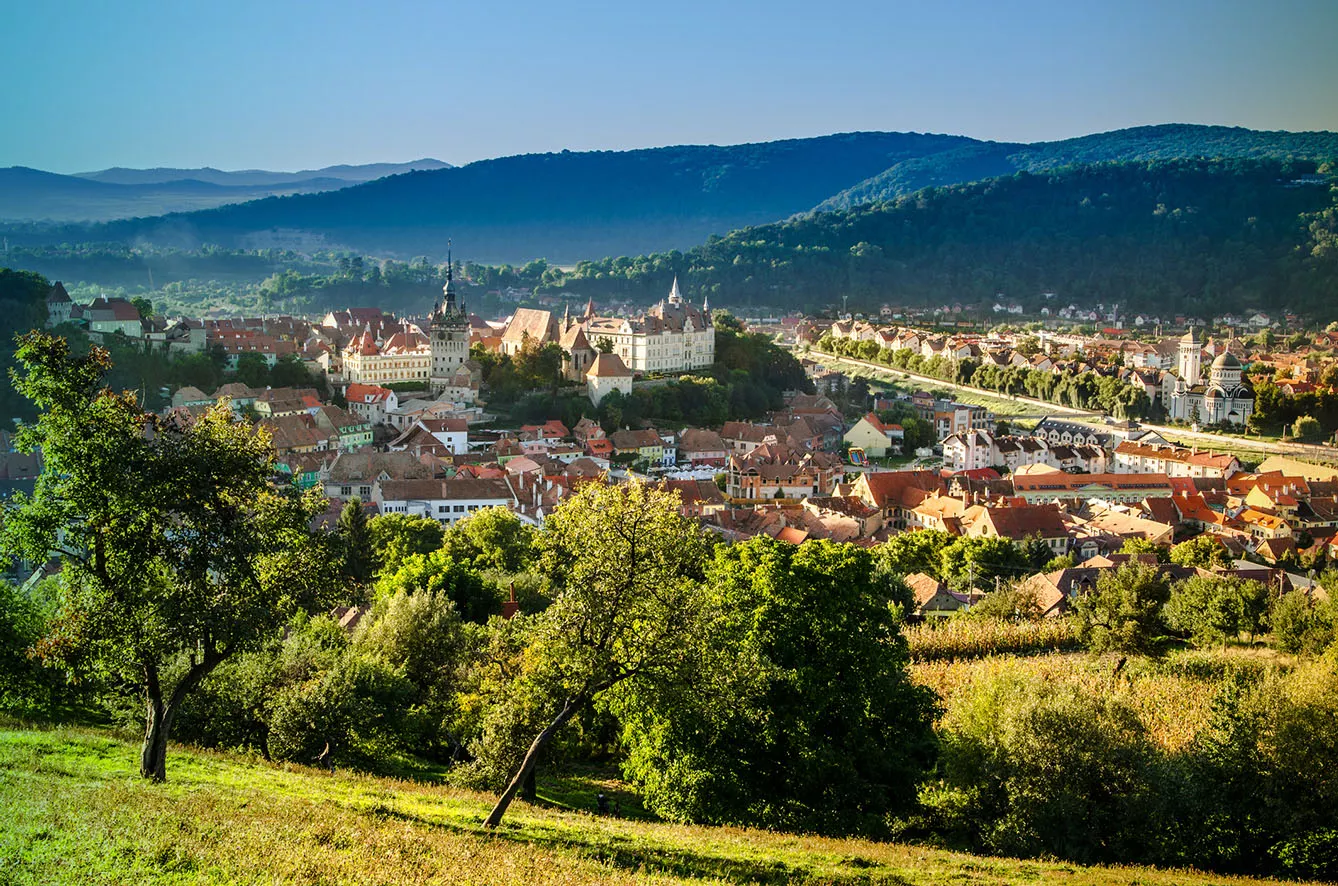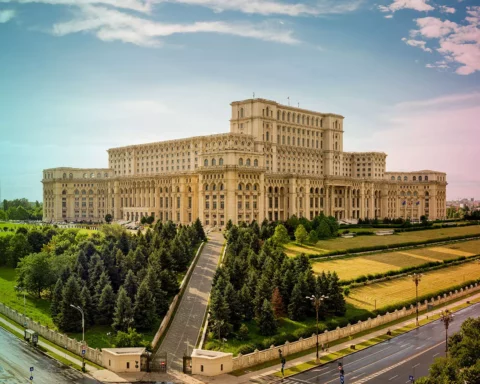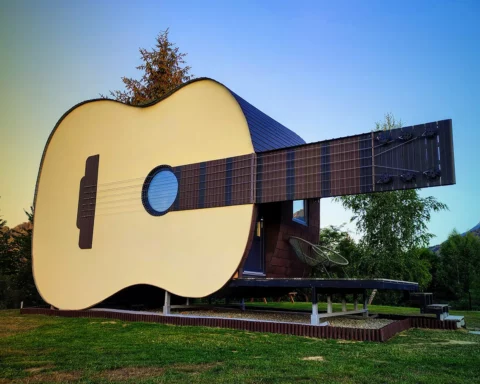If you ever fantasized about living in the Middle Ages, Sighișoara could be the destination of your dreams. Take a trip back in time and wander the streets in one of Europe’s last remaining citadels. You will be greeted with more than just the reminders of an ancient fortress.
From the colorful streets and passionate locals who often dress up in garb fitting the styles prevalent in the mid-XVII century to the astonishing and history-loaded buildings, Sighișoara is genuinely a portal back in time. Enjoy a once-in-a-lifetime experience of time traveling that will leave you longing for the past.
Everything about Sighișoara is unique and unexpected. Even the fortification towers hold a notable piece of history. To remind you of the origins of the building, every tower in the city carries the name of its builders. All 14 towers were constructed and maintained by the city’s 14 guilds, and upon visiting, one may hear such titles as Blacksmiths, Butchers, Weavers, Rope Makers, Leather Tanners, and Tailors guilds. Currently, 9 out of the 14 towers are still in place.
For whom the Sighișoara bell tolls
The most remarkable one is the Clock Tower. Unlike the other towers, this one is not representative of a specific guild; however, for the local authorities, it has always stood tall as a symbol of autonomy. Easily recognizable due to its multi-colored roof tiles, the tower watches over the city, and it can be seen from almost everywhere. Housing the History Museum, the tower itself is an open door to history – right into the mysteries and secrets of the 1600s.
If you look closely enough, right by the clock, there are seven wooden figures representing the seven days of the week, each embodying a different deity. The meaning behind the 80-centimeter-tall figurines originates from astronomy, mythology, and alchemy. It’s even featured on the Romanian 2 Euro sample (for when the country finally joins the Eurozone).
The towers are not the only attraction – despite each being immensely intricate and unique. Wander the streets of Sighișoara, and you will find yourself face to face with the house where Vlad Țepes, aka Vlad the Impaler, aka the inspiration for Bram Stoker’s Dracula, was born back in 1431. No need to be too scared to enter the house these days, though – it is now home to a restaurant.
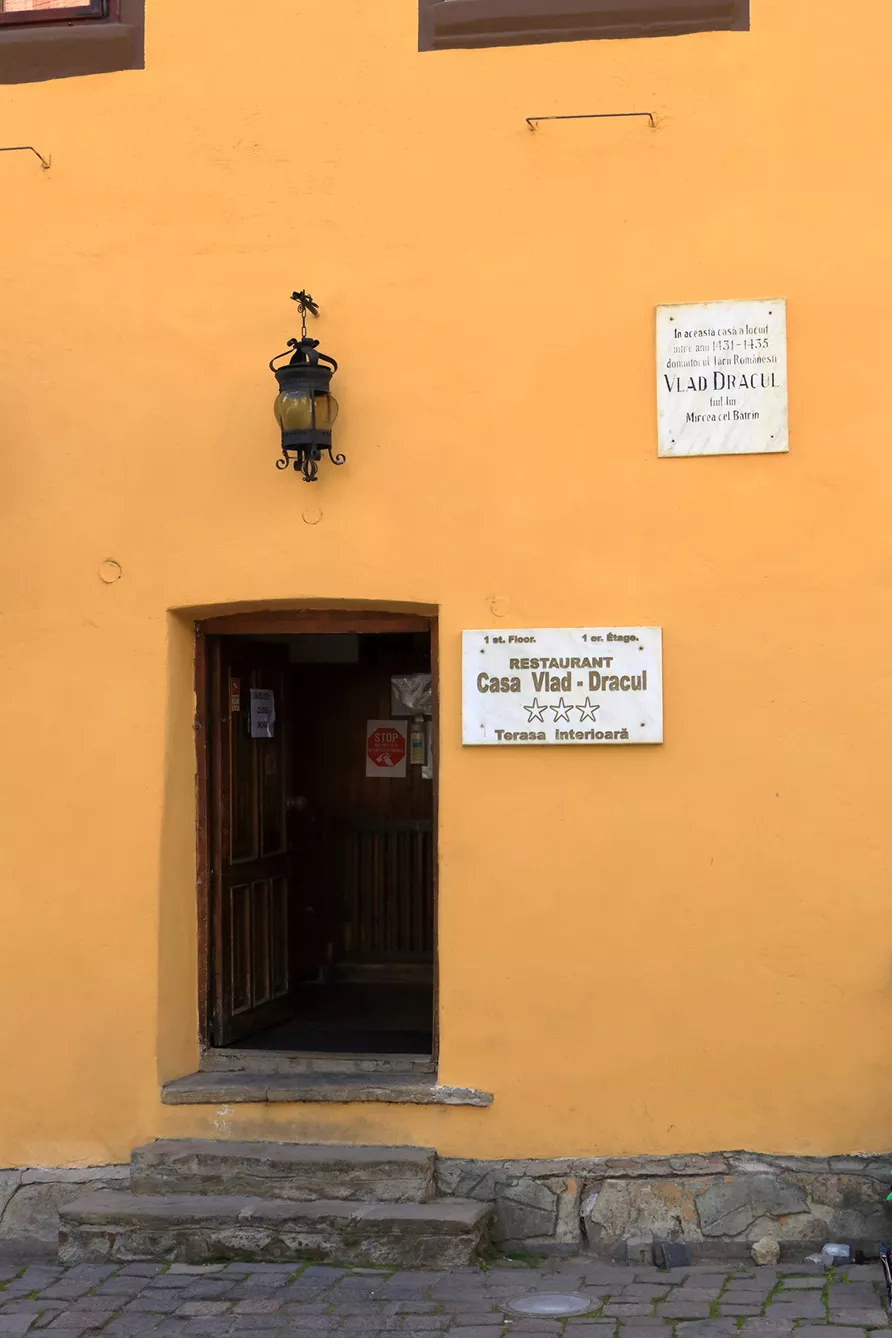

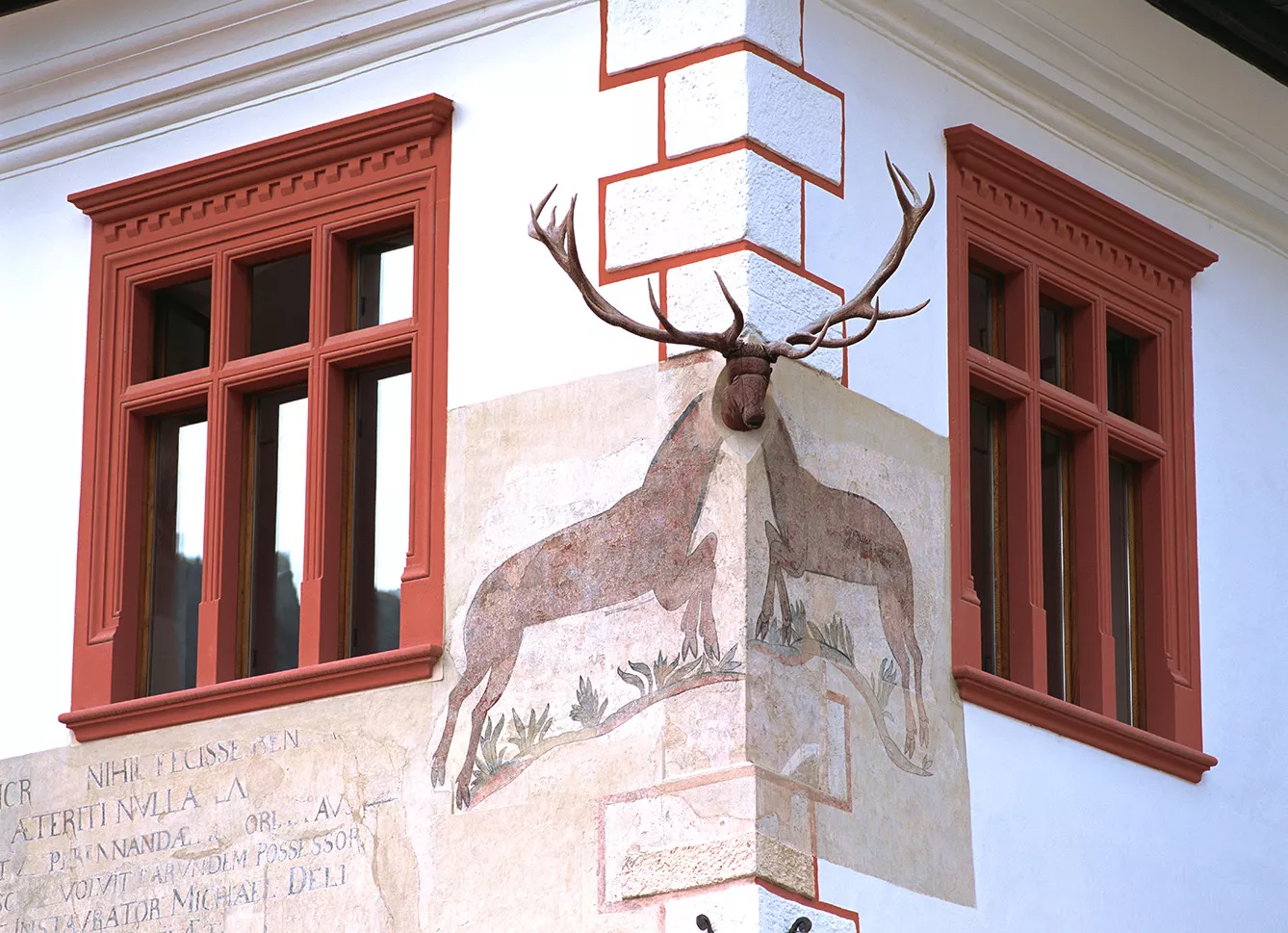
A stag(gering) sight
Not far from there, you will see the most important building in the upper town, the Stag House, welcoming you to the center of the fortress with open arms – or should we say, open antlers? This house features a three-dimensional mural painting of a life-size deer, with its head and trophy mounted on the wall.
If you wish to visit the School on the Hill and the Church on the Hill – and you most likely do – you will be required to climb no fewer than 176 stairs. And be thankful that it’s only 176 now because back in the day, there were 300. The covered stairway’s purpose was to shelter scholars on their way to school during harsh winter weather. There is also a popular legend that couples may want to remember (or not) when visiting this place. It says a boy must kiss the girl he likes on every step of the stairs and say her name correctly. If he fails to do so, the legend says he is not her beloved chosen one.
Sighișoara may be small in size but not in history, tradition, or culture. It’s no wonder the upper city is a UNESCO World Heritage site. Take a trip back in time and visit Sighișoara, a portal to the Middle Age. And if you’re wondering what’s the best time for that, we have the answer. Make the best out of your trip by visiting the city from 29-31 July, when the citadel hosts the Medieval Sighișoara Festival.


